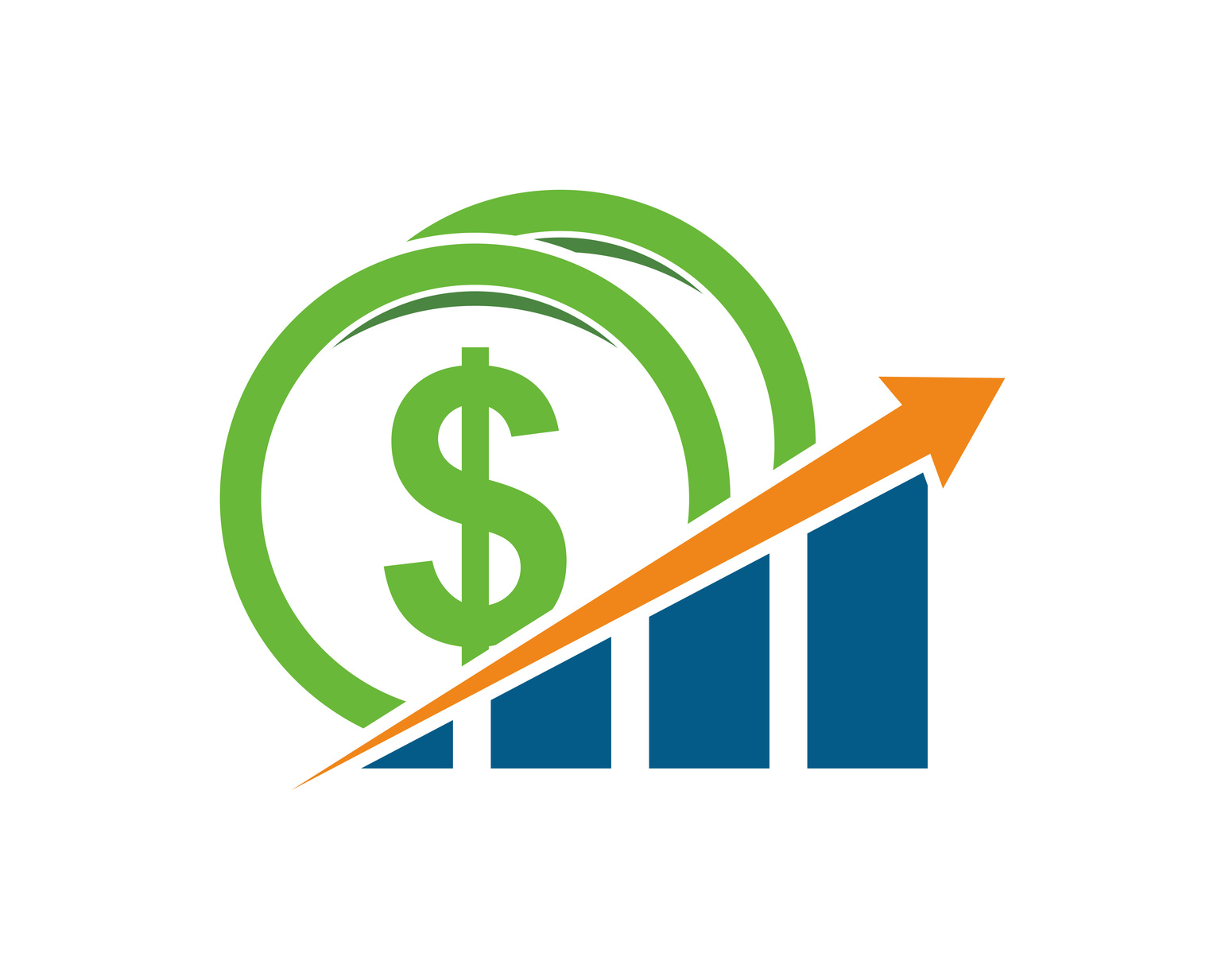The world of retirement planning can be complex, and often features a myriad of choices that can leave even the most meticulous investors bewildered. One such choice is whether to consider a fixed IRA as a means to ensure a financially secure future. This essay aims to demystify the concept of fixed IRAs, their rates, and how potential investors can maximize their returns. The Fixed Individual Retirement Account (IRA) offers a level of stability and growth potential which is crucial in the uncertainty of retirement planning.
Understanding Fixed IRA
Understanding Fixed IRA
A fixed Individual Retirement Account (IRA) is a type of IRA designed to provide investors with a guaranteed interest rate for a specified term. These accounts allow individuals to safeguard their retirement funds by avoiding the volatility often associated with the stock market. The primary function of a fixed IRA is to offer a fixed interest rate over the life of the investment, providing predictability and stability, especially important to those nearing retirement or wanting to secure a certain return rate.
Types of Fixed IRAs
There are two main types of fixed IRAs – traditional fixed IRAs and Roth fixed IRAs.
-
Traditional Fixed IRA:
Here, contributions may be tax-deductible, and earnings grow tax-deferred until retirement. At that point, withdrawals are taxed as regular income.
-
Roth Fixed IRA:
Contributions to Roth fixed IRAs are made with after-tax dollars, meaning the contributions are not tax-deductible. However, earnings and qualified withdrawals after retirement are tax-free.
In both types, the interest rate remains fixed for a certain term.
Why Choose Fixed IRAs?
Fixed IRAs offer a secure way to save for retirement, suitable for risk-averse investors or those who want a predictable return. Many find the guaranteed return comforting, with the knowledge that regardless of market fluctuations, their retirement funds are secure.
It’s essential to remember that any investment involves risk, and although a fixed IRA locks in a rate, that rate may not keep pace with inflation over time. Also, early withdrawal penalties may apply if funds are accessed before the age of 59.5. There are exceptions for certain situations such as first-time home purchases or disability.
Fixed IRA Rates
The rate of return on a fixed IRA depends on the terms established with the financial institution providing the IRA. These rates can vary greatly depending on the institution and the length of the term. For instance, longer terms generally grant higher interest rates.
When researching fixed IRA rates, it’s important to consider all factors that might affect the overall growth of the investment. One key aspect to look at includes the potential fees associated with the account. These may include a setup fee, annual maintenance fees, and charges for things like account inactivity or transferring the account to another provider.
Why Fixed IRAs are a Crucial Part of Financial Planning
Fixed Individual Retirement Accounts (IRAs) are a cornerstone in the world of retirement and financial planning. Their primary appeal lies in the fact that they offer predictability in future earnings when compared to variable-rate investments, mainly because the rates stay the same throughout the investment lifespan, guaranteeing a steady source of income.
In addition to this, the tax benefits that fixed IRAs bring can considerably improve an individual’s potential to save for retirement. Hence, they make for an effective component of any comprehensive long-term financial plan.
Having a firm understanding of fixed IRAs, the various types available, and the benefits each offers, will enable individuals to make well-informed decisions regarding their retirement savings. As they cater to diverse financial circumstances and varying levels of risk tolerance, fixed IRAs and their consistent rates are indispensable tools in effective financial planning.

The Mechanics of Fixed IRA Rates
Grasping the Fundamentals of Fixed IRA Rates
The term ‘fixed IRA rates’ refers to the return on investment that an IRA investor can anticipate when they invest in particular types of fixed income assets. These rates are inherently linked to the specific kinds of assets within the IRA. Unlike variable rate IRAs, where the return is susceptible to market performance of the assets, a fixed-rate IRA guarantees a predetermined interest rate, which remains unchanged throughout the duration of the investment.
How Fixed IRA Rates are Determined
The interest rate of a fixed IRA is primarily based on the current federal funds rate, which is set by the Federal Reserve. The federal funds rate is the interest rate that banks charge other banks for lending them money from their reserve balances on an overnight basis.
When the federal funds rate is high, the interest rates on fixed IRAs tend to be high as well. Conversely, when the federal funds rate is low, fixed IRA rates fall correspondingly. Notably, fixed IRA rates are typically set at a higher rate than the current federal funds rate to attract investors.
It’s also important to note that IRA interest rates are not directly controlled by the Federal Reserve, but affected by its policies and the economic climate.
Factors Affecting Fixed IRA Rates
Several factors can influence Fixed IRA rates among the following are inflation, economic growth, and federal fiscal policy.
- Inflation: When the inflation rate increases, the value of dollars decreases, leading to higher interest rates to attract investors.
- Economic Growth: During periods of robust economic growth, interest rates tend to increase as businesses demand more capital to expand their operations.
- Federal Fiscal Policy: Federal Reserve’s monetary policy plays a significant role in determining interest rates. If the Federal Reserve increases or decreases the money supply, it can directly influence the interest rates.
The Impact of IRA Rates on Retirement Funds
The rate on a fixed IRA directly impacts the growth of retirement savings. The higher the interest rate on the IRA, the faster the investment grows. Conversely, when rates are low, the growth of the retirement savings slows down.
For instance, if you invested $5,000 in a fixed IRA with an interest rate of 2% annually, after ten years, the total would be approximately $6,095.98. However, if that same $5,000 was invested with a 3% interest rate annually, after ten years, the total would be about $6,720.17.
Fixed IRA Rates and Retirement Savings Over Time
Fixed IRA rates can significantly influence the total sum of your retirement savings. Even a small change in interest rates could render a sizeable difference over a long-term investment horizon.
Therefore, it’s crucial for investors to closely monitor the rates before making their investment decisions. While higher rates provide a more significant growth opportunity, they’re often associated with higher initial investments or different term lengths.
Understanding Fixed IRA rates is key to successful retirement planning. The significant impact these rates can have on the growth and final amount of your savings fund is often underestimated. However, any decisions regarding IRAs should be taken under professional financial advice, bearing in mind your individual retirement savings and overall financial strategy.

Maximizing Returns with Fixed IRA Rates
How to Optimize the Returns on Your Fixed IRA
Individual Retirement Accounts, or IRAs, are among the most widely-used tools for retirement savings, largely due to the key role played by fixed IRA rates. This is the interest rate that remains stable throughout the investment period. In this section, we delve into the most effective strategies to take full advantage of these fixed rates.
When to Invest in a Fixed IRA
Deciding when to invest in a fixed IRA largely depends on the economic climate and your personal financial situation. During periods of low-interest rates, it might be better to wait for rates to rise before locking in a fixed rate. If you’re nearing retirement and desire stability above all else, it may be best to invest sooner than later, ensuring a guaranteed rate of return.
Choosing the Right Plan
Choosing the right plan depends on a variety of factors such as your investment goal, risk tolerance, and time horizon. Comparing the rates offered by different financial institutions is crucial. A higher fixed rate will yield more returns in the long run. However, it would be best to consider the reliability of the institution offering high rates.
Advantages and Disadvantages of Fixed IRA Rates
Fixed IRA rates offer a guaranteed return, safeguarding your retirement savings from market volatility. This predictability is especially beneficial for those nearing retirement age. However, the disadvantage of fixed IRA rates lies in the fact that if market interest rates rise, your locked-in rate could end up being less beneficial. You’d be earning less interest than potentially available with other types of investments.
Managing Risks
The primary risk associated with fixed IRA rates is the possibility of rising interest rates. You can manage this by diversifying your retirement portfolio. This strategy could involve investing a portion of your retirement savings in a variable rate IRA or other types of retirement accounts. Portfolio diversification can provide a balance between guaranteeing a return and the opportunity to earn a higher return if market rates increase.
Overall
To maximize returns with fixed IRA rates, individuals need to keenly monitor market trends and diversify their portfolio while considering their unique financial circumstances. It’s also advisable to consult with a financial advisor to craft the most effective retirement strategy.

If effectively managed, fixed IRA rates can contribute significantly to a comfortable retirement. Their appeal lies in their stability; which, even though at times may be seemingly low compared to others, offer a suitable option for conservative investors who are comfortable with slow and steady growth. The journey to a comfortable retirement entails understanding the dynamics of fixed IRA rates, and employing strategies to get the most out of them. At the end of the day, preparing for retirement goes beyond only building wealth. It is about ensuring you can maintain your desired lifestyle even when your regular income checks stop coming in.
